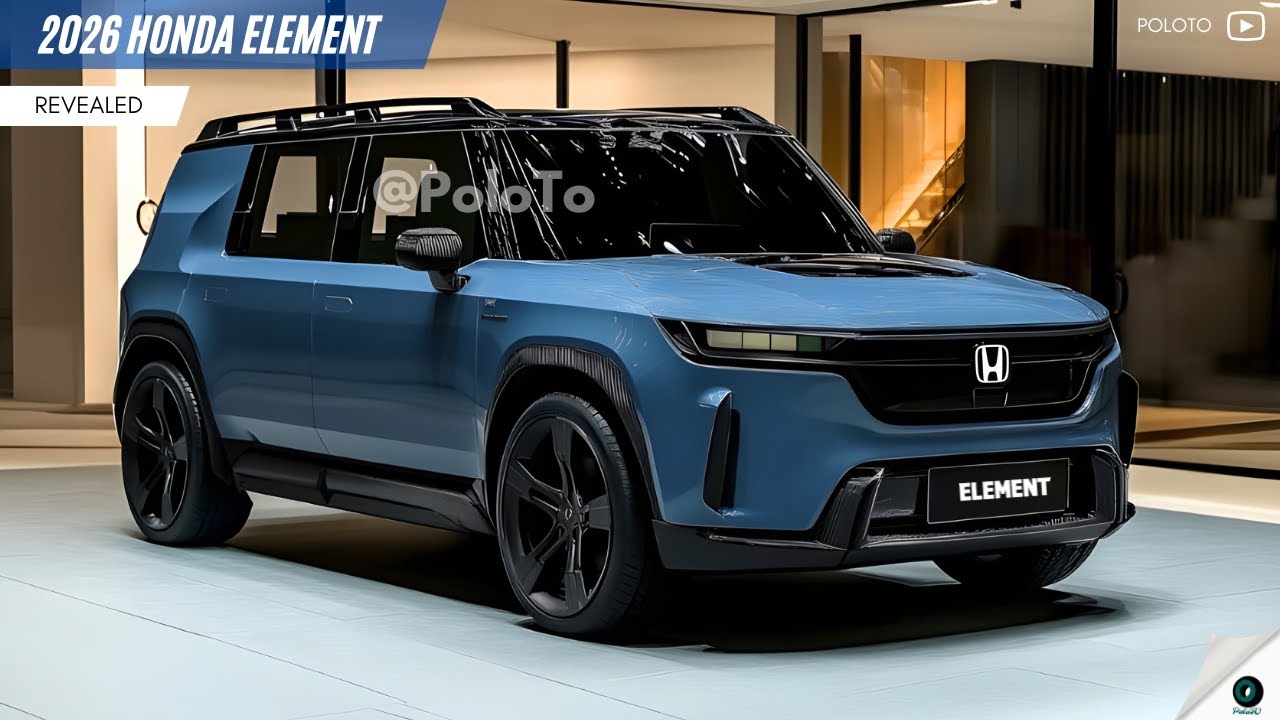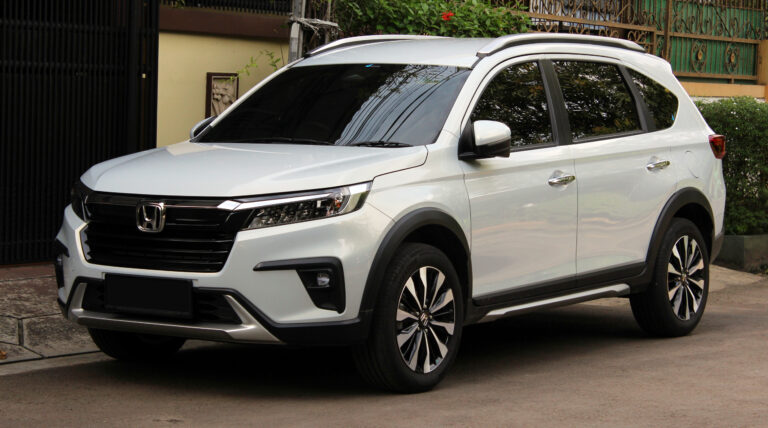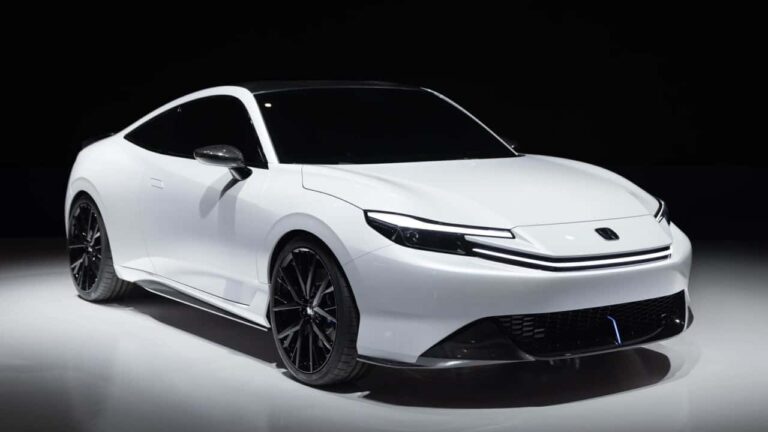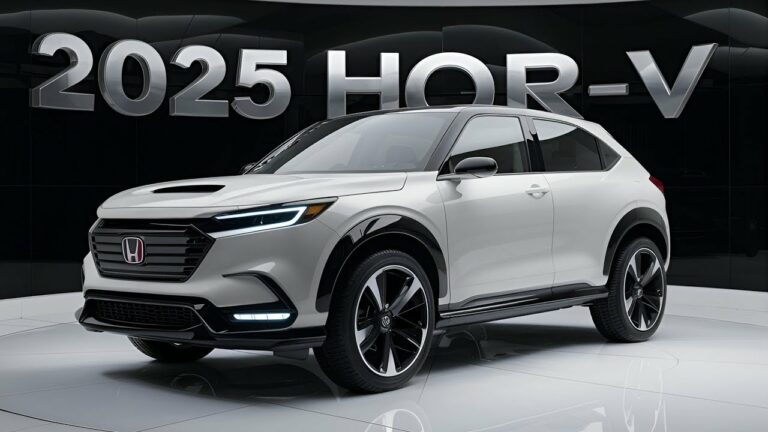2026 Honda Element Price: A Comprehensive Analysis
The 2026 Honda Element is a highly anticipated compact SUV that promises to combine versatility, affordability, and efficiency. As we approach its release, understanding its pricing strategy becomes crucial for both consumers and industry experts alike. This comprehensive analysis delves into the factors that will shape the 2026 Honda Element’s price, providing insights into market dynamics, cost analysis, and competitive positioning.
Our analysis will explore the latest market research, including competitor pricing strategies and consumer preferences. We will examine the manufacturing and operating costs associated with the 2026 Honda Element, ensuring a thorough understanding of its cost structure. Furthermore, we will assess the competitive landscape, identifying potential advantages and disadvantages in terms of pricing.
Pricing Strategy

The pricing strategy for the 2026 Honda Element aims to balance profit maximization and market share objectives. The optimal pricing will consider production costs, market demand, and competitive landscape.
Cost-Plus Pricing
Cost-plus pricing involves setting a price that covers all production costs plus a desired profit margin. This model ensures a fair return on investment but may not always reflect market demand.
Value-Based Pricing
Value-based pricing focuses on the perceived value of the product to the customer. By understanding customer needs and preferences, the price can be set to reflect the benefits and differentiation offered by the Honda Element.
Recommendations for Optimal Pricing
– Conduct thorough market research to understand customer demand and willingness to pay.
– Analyze competitor pricing and identify potential price gaps.
– Consider the brand image and reputation of Honda to support premium pricing.
– Offer incentives and promotions to drive sales during peak seasons or slow periods.
– Monitor pricing regularly and adjust as needed to maintain competitiveness and profitability.
Competitive Analysis
The 2026 Honda Element competes with a range of vehicles in the compact SUV segment, including the Toyota RAV4, Mazda CX-5, and Subaru Forester. These rivals offer a comparable set of features, performance capabilities, and fuel economy ratings.
The Element’s competitive advantage lies in its unique design, which provides a spacious and versatile interior with ample cargo space and flexible seating arrangements. It also offers standard all-wheel drive, which enhances its off-road capabilities and provides added traction in adverse weather conditions.
Pricing Strategies of Competitors
Toyota RAV4: The RAV4 offers a wide range of trim levels and configurations, with prices starting from £27,000 for the base model to £37,000 for the top-of-the-line Adventure trim. Toyota has employed a competitive pricing strategy, positioning the RAV4 as an affordable and value-driven option in the segment.
Mazda CX-5: The CX-5 is known for its premium styling and upscale interior. Prices start from £29,000 for the base model and can reach up to £39,000 for the top-of-the-line Signature trim. Mazda has adopted a value-based pricing strategy, emphasizing the vehicle’s quality and features to justify its higher price point.
Subaru Forester: The Forester is a popular choice for outdoor enthusiasts, offering rugged capability and a spacious interior. Prices start from £30,000 for the base model and can go up to £38,000 for the top-of-the-line Touring trim. Subaru has implemented a premium pricing strategy, positioning the Forester as a more upscale and adventure-oriented option in the segment.
Market Segmentation
The target customer segments for the 2026 Honda Element include:
- Young adventurers: These customers are looking for a vehicle that can handle their active lifestyles and allow them to explore the outdoors.
- Urban dwellers: These customers are looking for a compact and fuel-efficient vehicle that is easy to park and maneuver in the city.
- Families: These customers are looking for a versatile vehicle that can accommodate their growing families and their active lifestyles.
The price sensitivity and willingness to pay of each segment vary depending on their income, lifestyle, and needs.
Young adventurers are typically more price-sensitive than urban dwellers or families. They are more likely to be willing to pay a premium for features that enhance their outdoor experiences, such as all-wheel drive, a sunroof, and a roof rack.
Urban dwellers are typically more willing to pay for convenience and fuel efficiency. They are more likely to be willing to pay a premium for features that make their daily commutes easier, such as a navigation system, a backup camera, and a premium sound system.
Families are typically the most price-sensitive segment. They are more likely to be willing to pay a premium for features that make their lives easier, such as a third row of seats, a large cargo area, and a rear-seat entertainment system.
Tailored Pricing Strategies
Honda can develop tailored pricing strategies for different segments by considering their price sensitivity and willingness to pay.
For young adventurers, Honda could offer a base model with a lower price point and fewer features. For urban dwellers, Honda could offer a mid-level trim with a higher price point and more convenience features. For families, Honda could offer a top-level trim with a higher price point and more family-friendly features.
Honda could also offer a variety of financing options to make the Element more affordable for all customers.
Forecasting and Sensitivity Analysis

Forecasting future market demand and pricing trends is crucial for the 2026 Honda Element. Sensitivity analysis can assess the impact of changes in costs or market conditions on pricing, allowing for timely adjustments in pricing strategies.
Forecasting future market demand involves analyzing historical data, market trends, economic indicators, and competitive landscapes. It helps predict the potential demand for the Honda Element and inform production and marketing decisions.
Forecasting Future Pricing Trends
Forecasting future pricing trends requires considering factors such as production costs, market competition, consumer demand, and economic conditions. By analyzing these factors, businesses can anticipate potential price fluctuations and make informed pricing decisions.
Conducting Sensitivity Analysis
Sensitivity analysis involves varying input parameters to assess their impact on pricing. It helps businesses understand how changes in costs (e.g., raw materials, labor) or market conditions (e.g., demand, competition) affect pricing. This analysis enables businesses to identify potential risks and opportunities and develop contingency plans.
Adjusting Pricing Strategies
Based on forecasting and sensitivity analysis, businesses can adjust pricing strategies to optimize revenue and profitability. This may involve adjusting prices in response to changes in market demand, competition, or costs. It also involves developing pricing strategies that align with the product’s value proposition and target market.
Q&A
When will the 2026 Honda Element be released?
The official release date for the 2026 Honda Element has not yet been announced.
What are the key features of the 2026 Honda Element?
The 2026 Honda Element is expected to feature a spacious and versatile interior, advanced safety technologies, and improved fuel efficiency.
How does the 2026 Honda Element compare to its competitors in terms of size?
The 2026 Honda Element is expected to be similar in size to other compact SUVs in its class, such as the Toyota RAV4 and the Subaru Outback.






